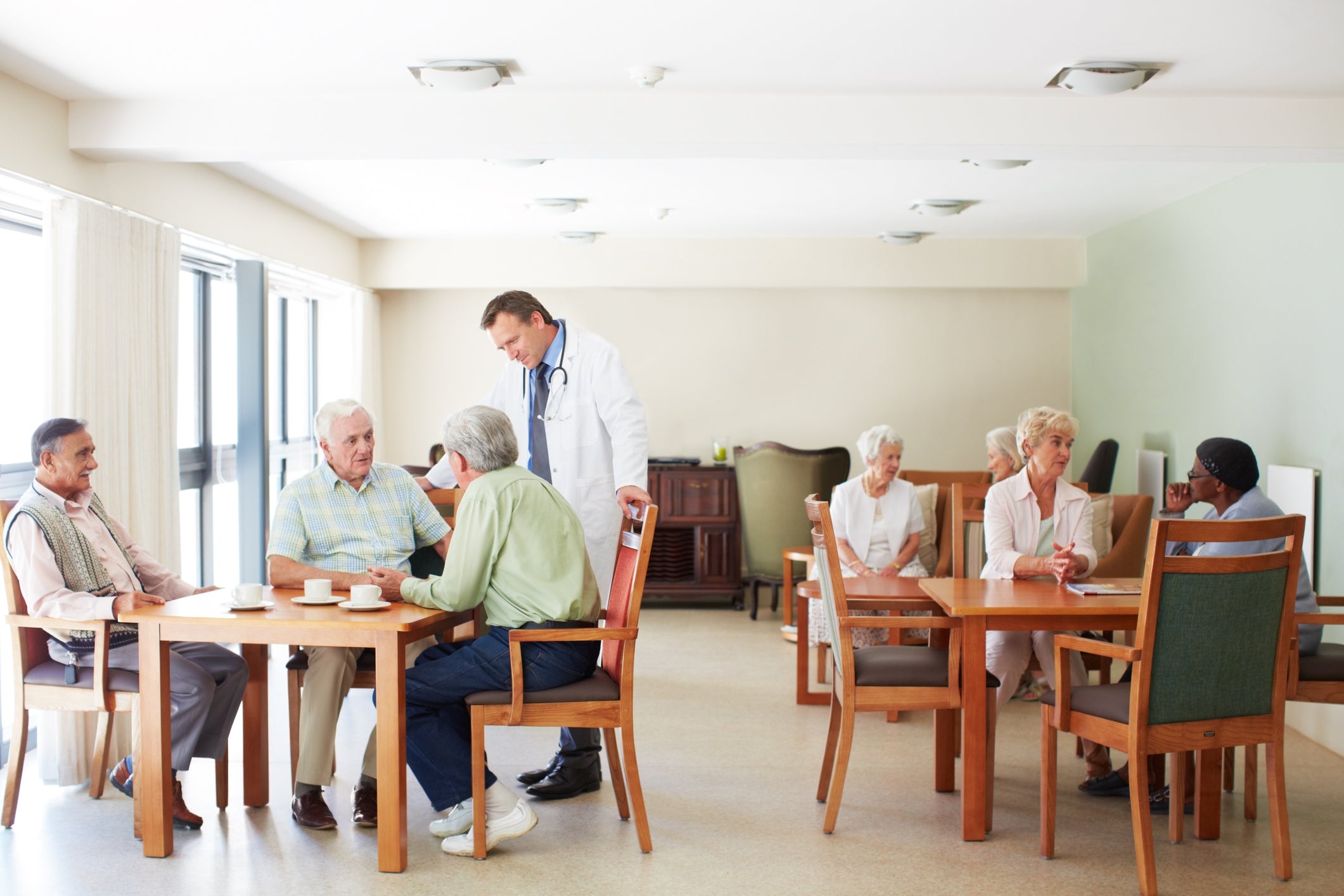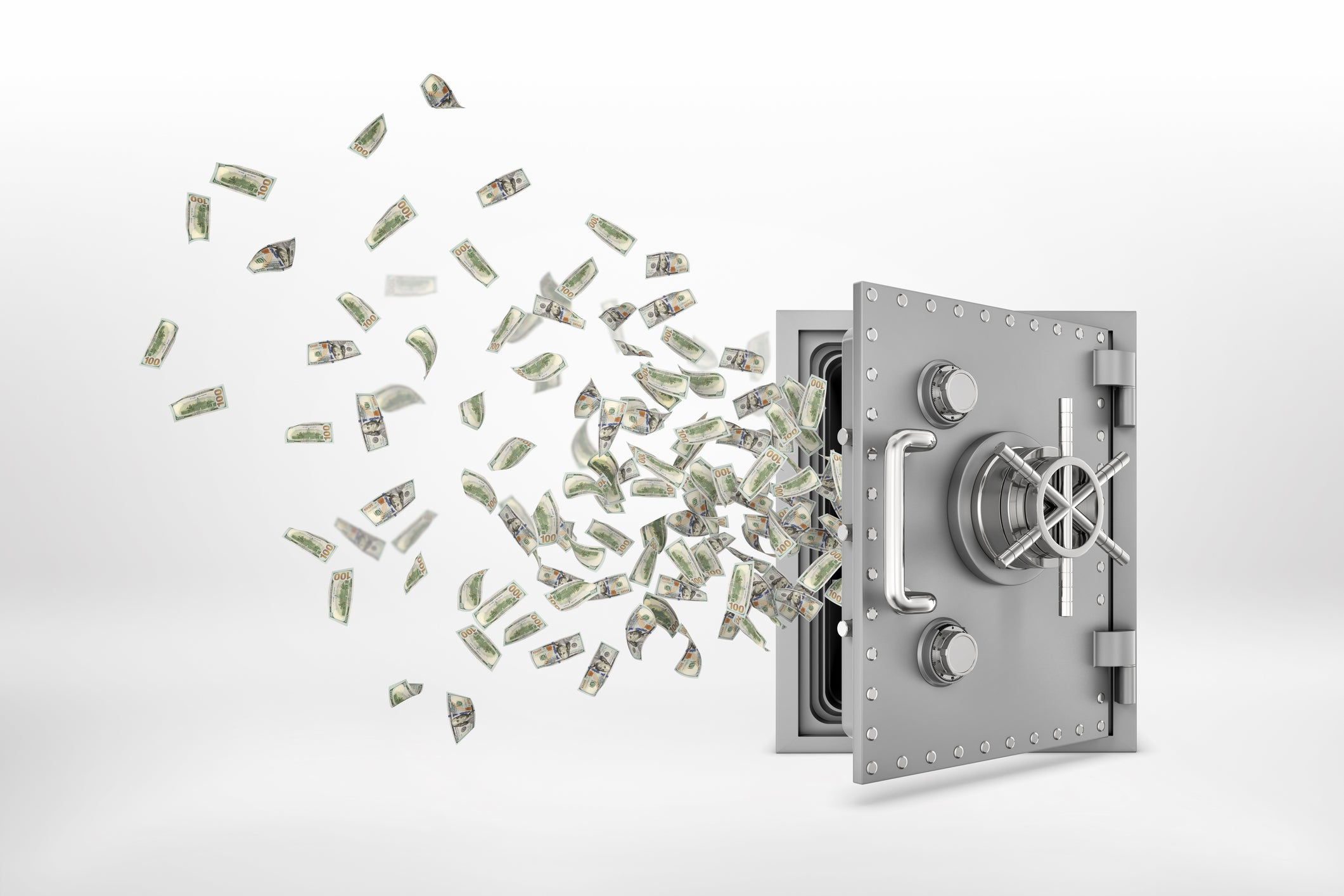Disaster prevention measures and evacuation plans for elderly facilities
table of contents
Introduction
1. Design of elderly care facilities
2. Importance of disaster prevention measures
3. Formulation of evacuation plan
4.Stocking up food, water, and medicine for emergencies for the elderly
5.Emergency care and assistance
summary
Introduction
Disaster prevention measures and evacuation plans in elderly care facilities are extremely important to ensure the safety and security of elderly people in the event of a disaster such as an earthquake or fire. In this article, we will explain in detail the disaster prevention measures and evacuation plans that elderly care facilities should take.
1. Design of elderly care facilities
1-1 Barrier-free and accessibility
Barrier-free design is important for elderly care facilities. Flat floors with no steps, wide hallways, and handrails and handrails are required to allow people using wheelchairs or walking aids to move freely. Doors and elevators should also be wider.
1-2 Bright and secure common space
It is important to provide bright and spacious common spaces in senior living facilities. This provides a place for seniors to socialize and relax by providing comfortable seating, such as chairs and sofas, and entertainment facilities, such as a television and library corner. Also, consider windows and lighting equipment that let in natural light.
1-3 Safety and earthquake resistance
Elderly care facilities must have sufficient safety against earthquakes and disasters. It is important to ensure an earthquake-resistant design, a strong structure, and sufficient disaster prevention equipment. In preparation for emergencies, you should consider clearly indicating evacuation routes and emergency exits, and installing evacuation elevators and ramps.
1-4 Consideration of living space
Elderly people may have difficulty standing or walking for long periods of time. Private rooms and communal living spaces require measures to ensure safe movement, such as non-slip floors, handrails to help maintain balance, and handrails in bathrooms and toilets. It is also important to provide each living space with a separate toilet and shower room.
1-5 Comfortable living environment
Elderly people are more sensitive to changes in temperature and humidity. In order to provide a comfortable living environment, it is necessary to have appropriate heating, cooling, and ventilation equipment. Reducing noise and adjusting lighting also affect the comfort of older people.
1-6 Layout of medical and nursing care facilities
In elderly care facilities, it is important to arrange equipment and facilities to meet medical and nursing care needs. They will be placed in appropriate locations, such as medical rooms, exam rooms, and rehabilitation areas, taking into consideration staff access and convenience for the elderly.
1-7 Soundproofing design
Elderly people may be more sensitive to ambient noise. The facility is designed with soundproofing to provide a quiet environment and encourage elderly people to sleep soundly and relax.
2. Importance of disaster prevention measures
2-1 Ensuring the safety of the elderly
Elderly people are particularly vulnerable to risks during disasters. Appropriate evacuation actions and self-protection may be difficult due to physical limitations, mobility difficulties, and declining cognitive function. By appropriately implementing disaster prevention measures, you can ensure the safety of the elderly and save lives.
2-2 Implement early evacuation and rescue operations
When a disaster occurs, prompt evacuation and rescue operations are essential. In elderly care facilities, it is important to have appropriate evacuation plans, secure evacuation routes, and establish an information provision system. If appropriate measures are taken, it can be expected that movement to evacuation centers and safe locations will be smooth and rescue operations will be carried out early.
2-3 Providing psychological security
Disasters can cause confusion and anxiety for older adults. Disaster prevention measures also have the effect of providing psychological security to the elderly. By providing appropriate information and conducting training, elderly people will be able to understand themselves and their surroundings and respond calmly in the event of a disaster.
2-4 Reliability of facilities and gaining trust
Appropriate disaster prevention measures in elderly care facilities are one of the elements that increase the reliability of the facility. Residents and their families tend to choose reliable facilities, placing emphasis on safety and ability to respond in the event of a disaster. By implementing thorough disaster prevention measures and gaining trust, you will improve the residents' sense of security and the facility's reputation.
2-5 Compliance with legal requirements and regulations
Elderly care facilities have legal requirements and regulations regarding disaster prevention measures. For example, compliance with the Building Standards Act and disaster prevention administrative guidance falls under this category. Compliance with these legal requirements and regulations is important to legalize the operation of your facility and avoid legal troubles.
3. Formulation of evacuation plan
3-1 Securing an evacuation route
The basis of an evacuation plan is to secure an evacuation route. Emergency exits, evacuation stairs, elevators, etc. will be installed in elderly care facilities, and evacuation routes will be clearly marked. Also, be sure to design your evacuation route to be barrier-free, with no steps or obstacles. Additionally, equipment such as lighting and display boards will be installed along evacuation routes to ensure proper guidance even in the event of a disaster.
3-2 Designation of evacuation site
The evacuation plan should also clearly specify evacuation locations. The evacuation site will be a safe place inside an elderly care facility, a nearby public evacuation center, or a safe building. Evacuation areas will be indicated with guide maps and display boards within the facility to minimize confusion during evacuation.
3-3 Conducting evacuation drills
It is also important to conduct regular evacuation drills. Evacuation drills are conducted to prepare residents and staff of elderly care facilities to prepare for an actual disaster and to learn how to take appropriate actions. During the training, participants repeatedly practice confirming evacuation routes, moving to evacuation sites, providing support during evacuation, and communication methods. By conducting evacuation drills, you can improve the smoothness of evacuation actions and the ability to respond appropriately.
3-4 Establishment of emergency contact system
Emergency communication systems are also important in evacuation planning. An announcement system and broadcasting equipment for emergency communication will be installed within the facility to provide appropriate information. Additionally, staff will be trained on emergency contact procedures and appropriate methods of communicating information so that they can respond quickly. Furthermore, we will establish an emergency communication system, including coordination with related external organizations and local governments.
3-5 Review and improvement of evacuation plan
Evacuation plans should be reviewed and improved regularly. As conditions in facilities and regions may change, we regularly evaluate evacuation routes and locations, confirm the level of equipment and training, and make necessary improvements. It is also important to use lessons learned and feedback after a disaster to improve evacuation plans.
4.Stocking up food, water, and medicine for emergencies for the elderly
4-1 Food stockpiling
Emergency food reserves are necessary to keep residents nourished and healthy.
Select foods that can be stored for a long period of time as emergency rations. Canned foods, retort pouches, and dried foods are common.
We select the type of food stocked according to the elderly's special dietary restrictions and allergies.
Manage the expiry date of stocked food and replace it regularly.
4-2 Water storage
Securing safe drinking water is important during disasters. Elderly people are more susceptible to dehydration, so they need to stock up on plenty of water.
The amount of water required per person per day is approximately 2 liters.
Store potable water in a clean, airtight container away from sunlight and high-temperature direct sunlight.
Regularly replace stored water to ensure fresh water supply
4-3 Stockpiling medicines
Elderly people often have chronic illnesses or are receiving certain drug treatments, so it is necessary to stock up on appropriate medicines in the event of a disaster.
Check the resident's drug treatment information and stock up on necessary medicines and prescriptions.
Stocked medicines are managed according to the characteristics of each resident, paying attention to expiration dates and storage conditions.
Regularly check and replace chemical stockpiles to ensure that necessary chemicals are always available.
4-4 Other necessities
In an emergency, it is important to also stock up on essential items to support the daily life of the elderly.
Depending on the resident's specific needs, supplies such as disposable diapers, battery-powered medical equipment, and clean clothing and bedding will be provided.
Stock up on sanitary products and hand sanitizer to use clean water to keep seniors comfortable and hygienic.
5.Emergency care and assistance
5-1 Provision of medical measures and drugs
In the event of a disaster, the health status of the elderly becomes an important concern. Elderly care facilities collaborate with medical institutions and related professionals to provide emergency medical treatment.
This includes dispatching doctors and nurses, stockpiling necessary medicines and medical equipment, and providing first aid for sudden illnesses and injuries.
It is also important to share the health status and medical information of the elderly, and we will establish a system to understand the medical information of the residents in advance and provide appropriate medical care.
5-2 Psychological care and support
Disasters and emergencies not only have a physical impact on older people, but can also cause psychological stress and anxiety. Elderly care facilities work with psychological counselors and welfare workers to provide psychological care and support.
In order to promote the psychological stability of residents, we provide communication and information that gives them a sense of security.
We provide the necessary support with consideration for the prevention and care of post-disaster trauma and post-traumatic stress disorder ( PTSD ).
5-3 Responding to special needs
Elderly care facilities must be prepared to accommodate the special needs of their residents. We provide appropriate care and support to residents with physical limitations or decline in function.
For people who use wheelchairs or canes, we will make evacuation routes and shelters barrier-free and provide support from staff and volunteers.
We will continue to provide assistance with daily activities such as eating, bathing, and toileting to ensure the health and safety of residents.
5-4 Emergency communication and information provision
When a disaster occurs, it is essential to communicate and provide information to residents, their families, and employees. Elderly care facilities establish quick and effective lines of communication and provide appropriate information.
Use emergency contact networks, radio broadcasts, bulletin boards, etc. to issue evacuation instructions and report on the situation.
We also confirm the safety of residents, their families, and employees, and collect information in order to provide necessary support.
summary
Disaster prevention measures and evacuation plans for senior care facilities are essential elements to ensure the safety and security of seniors. Important points include building earthquake resistance, ensuring bright common spaces, providing appropriate information, training staff, and securing evacuation routes. It is important to conduct regular inspections and training for facilities and to prepare a system that can respond appropriately in the event of a disaster.








